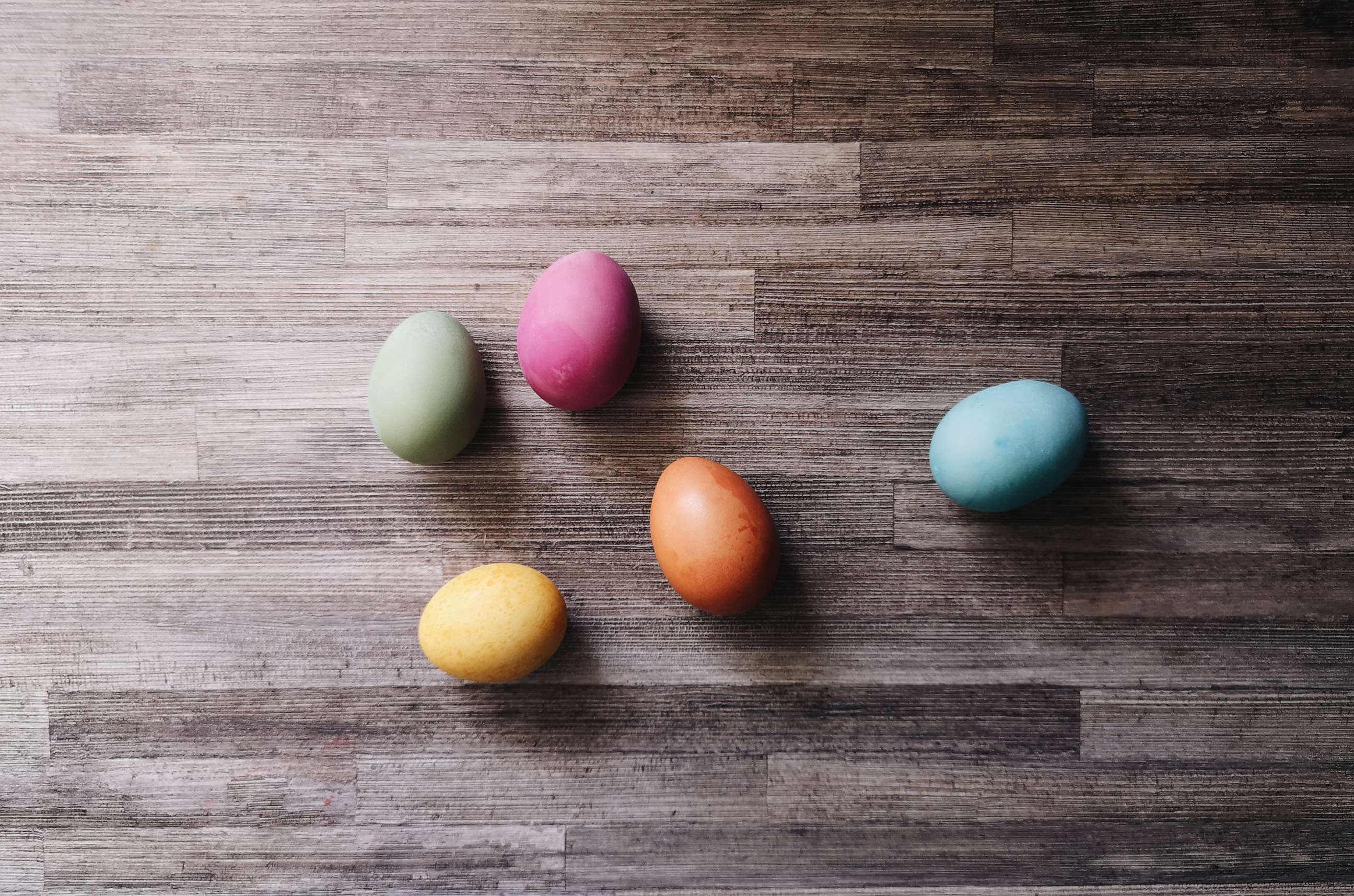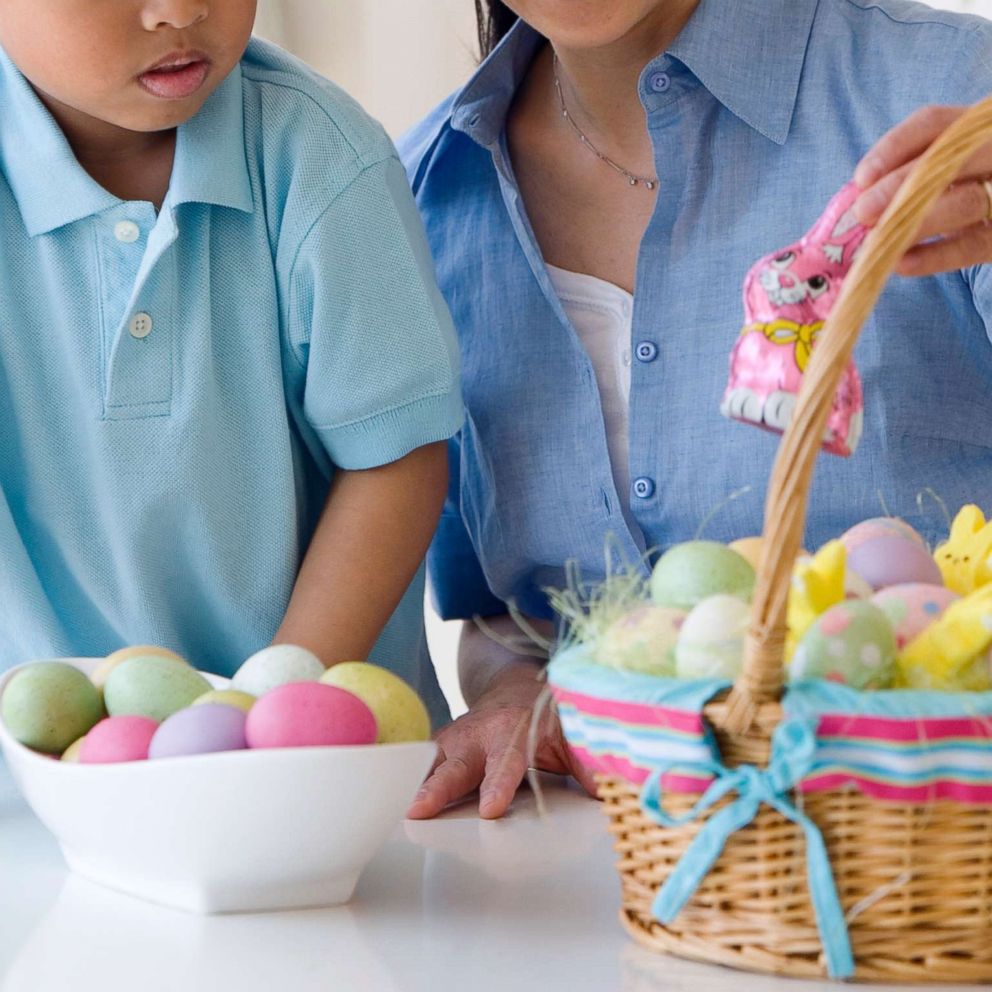Savings solutions for Easter from eggs to activities
Instead of using hard boiled eggs for an egg hunt, use plastic or paper-mache.
As we hop closer to Easter on Sunday, here are some helpful tips to save on food and decor for any festive celebration.
Easter spending is expected to reach $24 billion this year, according to the National Retail Federation, with families spending nearly $200 on average, the highest amount on record. Consumers could spend nearly $3.3 billion on candy alone, $3.8 billion on gifts and over $7 billion on food.

While inflation is one factor, trends indicate that Americans are making trade-offs to prioritize holiday celebrations even while budgets are being squeezed.
Egg prices have dropped slightly since soaring to record highs over the past year, due to inflation and bird flu, but the Easter staple for egg hunts, eating and decoration is still pretty costly, up more than 55% compared to last year, according to the Bureau of Labor Statistics.
In the latest USDA egg markets overview, the agency found that there were limited promotions for cartons of conventional shell eggs, but some promos brought "the average ad price down sharply, off $3.19 to $1.75 per dozen, its lowest level in 2023 to date."
ABC News chief business correspondent Rebecca Jarvis suggested utilizing price comparison apps like Basket -- which can tell you which supermarkets in the area have the lowest prices on particular products before you go grocery shopping -- to ensure you're getting a good deal.

She also suggested swapping traditional hard-boiled and dyed eggs for the plastic ones instead, especially since many of them can be found at dollar and discount stores for less.
For any families who still want to decorate eggs, Jarvis suggested opting for paper-mache eggs that kids can still create designs with and save actual eggs for eating.
To keep costs down on Easter candy, Jarvis said that buying in bulk is a great way to save.

Big box stores like Costco or Sam's Club typically have treats that can feed more than enough people for a reasonable price.
As for Easter baskets, Jarvis recommended setting a "basket budget," to help prevent overbuying treats or toys you don't actually need.
Finally, the food. Most people opt for ham or lamb as the centerpiece protein on an Easter table.

According to the latest USDA numbers, a spiral ham ranges from 0.89 cents per pound to $5.99 per pound on average, depending on region, whereas a rack of lamb, according to the USDA, typically ranges from $15.99 to $29.99 per pound.
Another way for hosts to cut costs on the culinary side is to set up a potluck style meal so the cost gets spread out among the guests and ensures that no one person is breaking the bank.
Jarvis also suggested checking your credit cards to see which points on groceries will yield the most cash back on future purchases.
As for Easter morning activities, check your local community events at libraries, parks, farmers markets, churches or other public venues that may host Easter egg hunts, photos with the Easter bunny and spring festivals.







